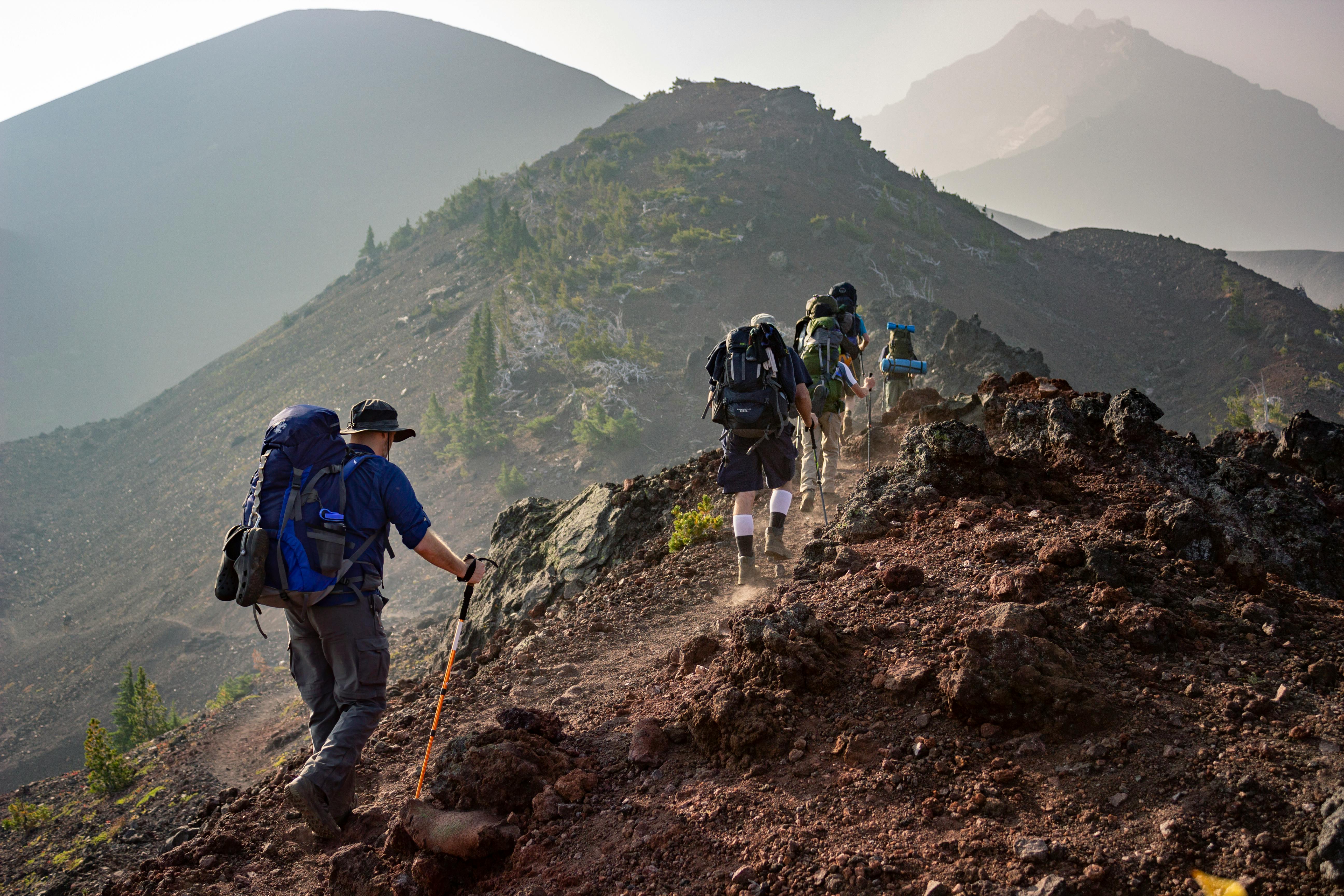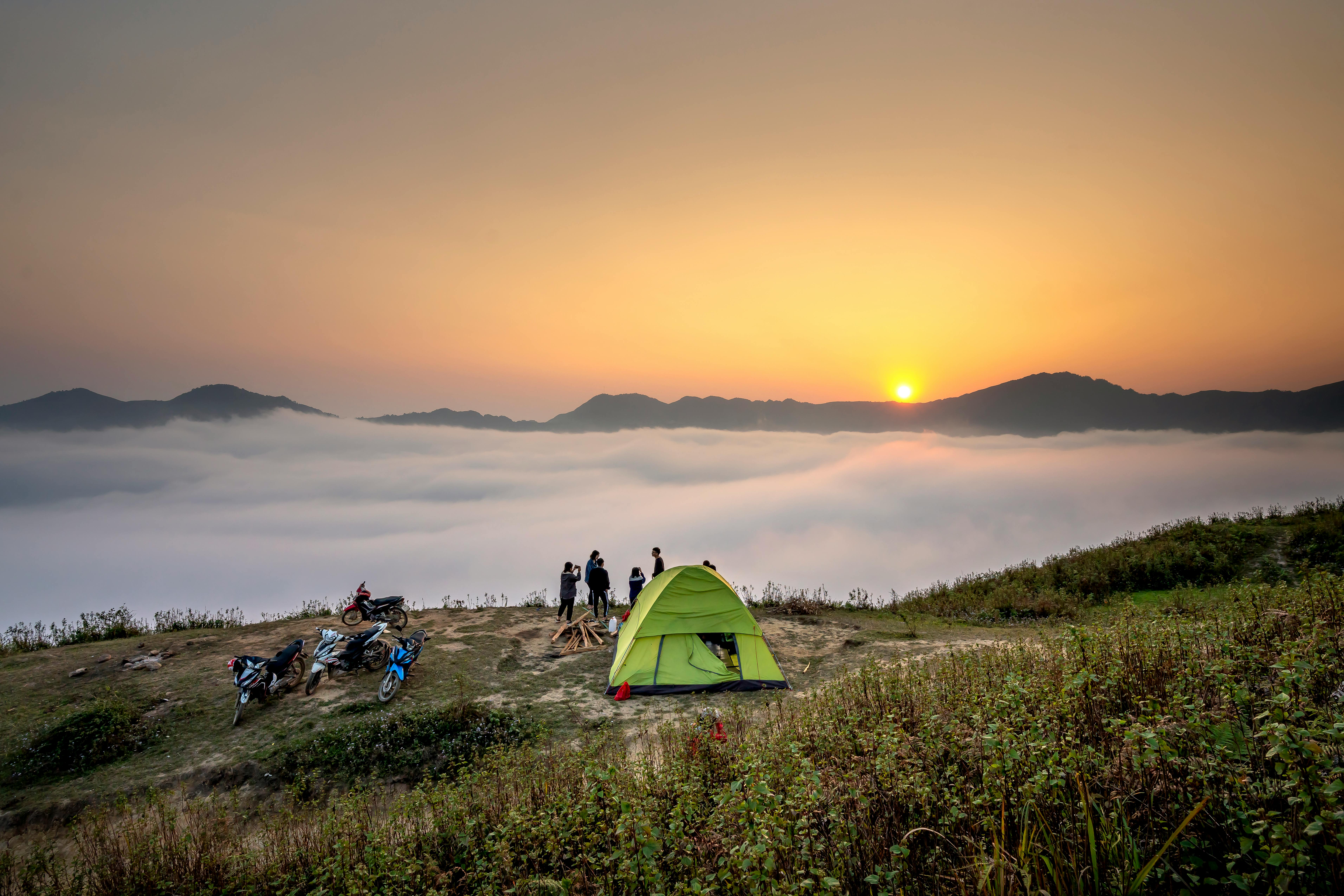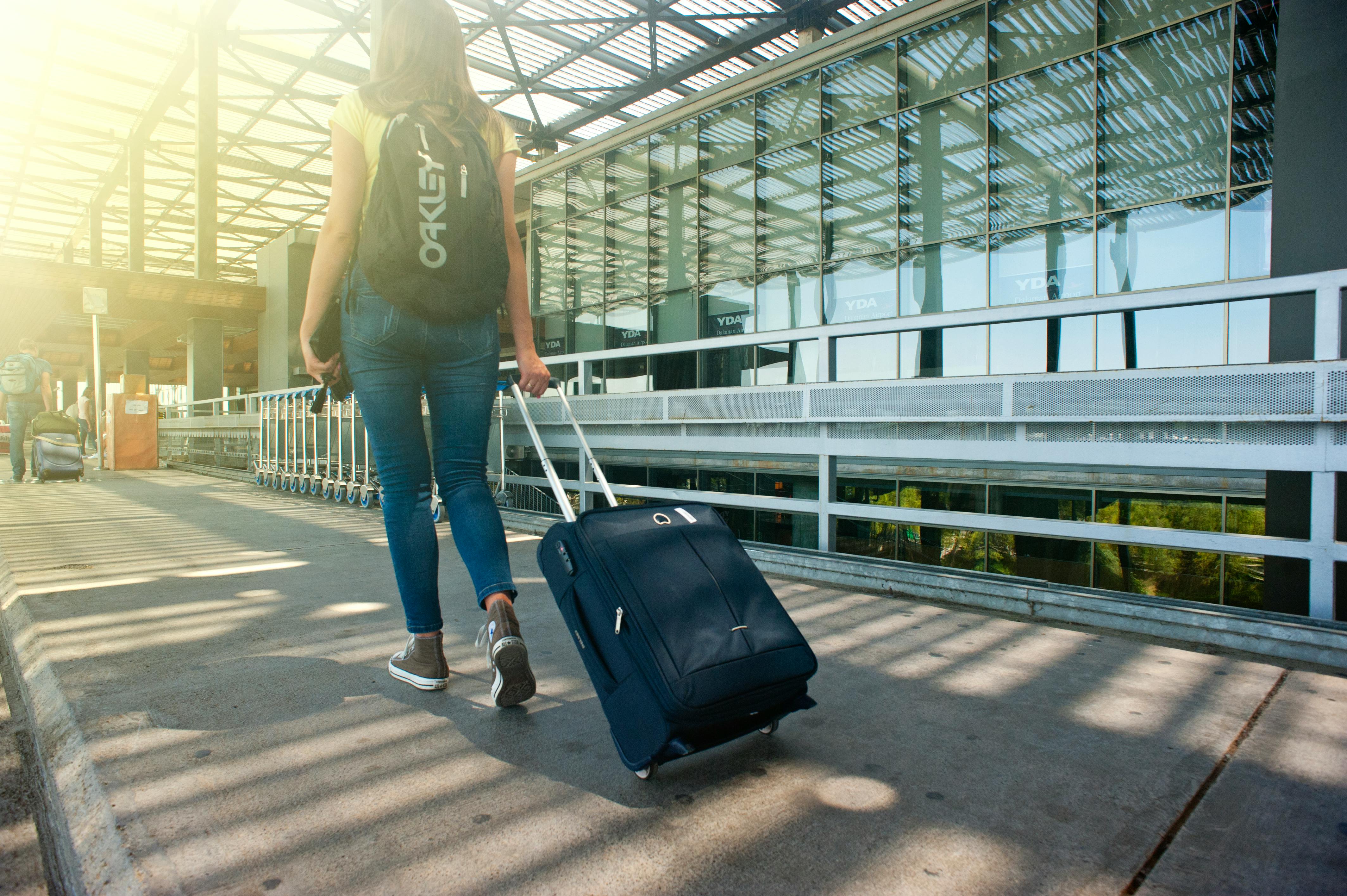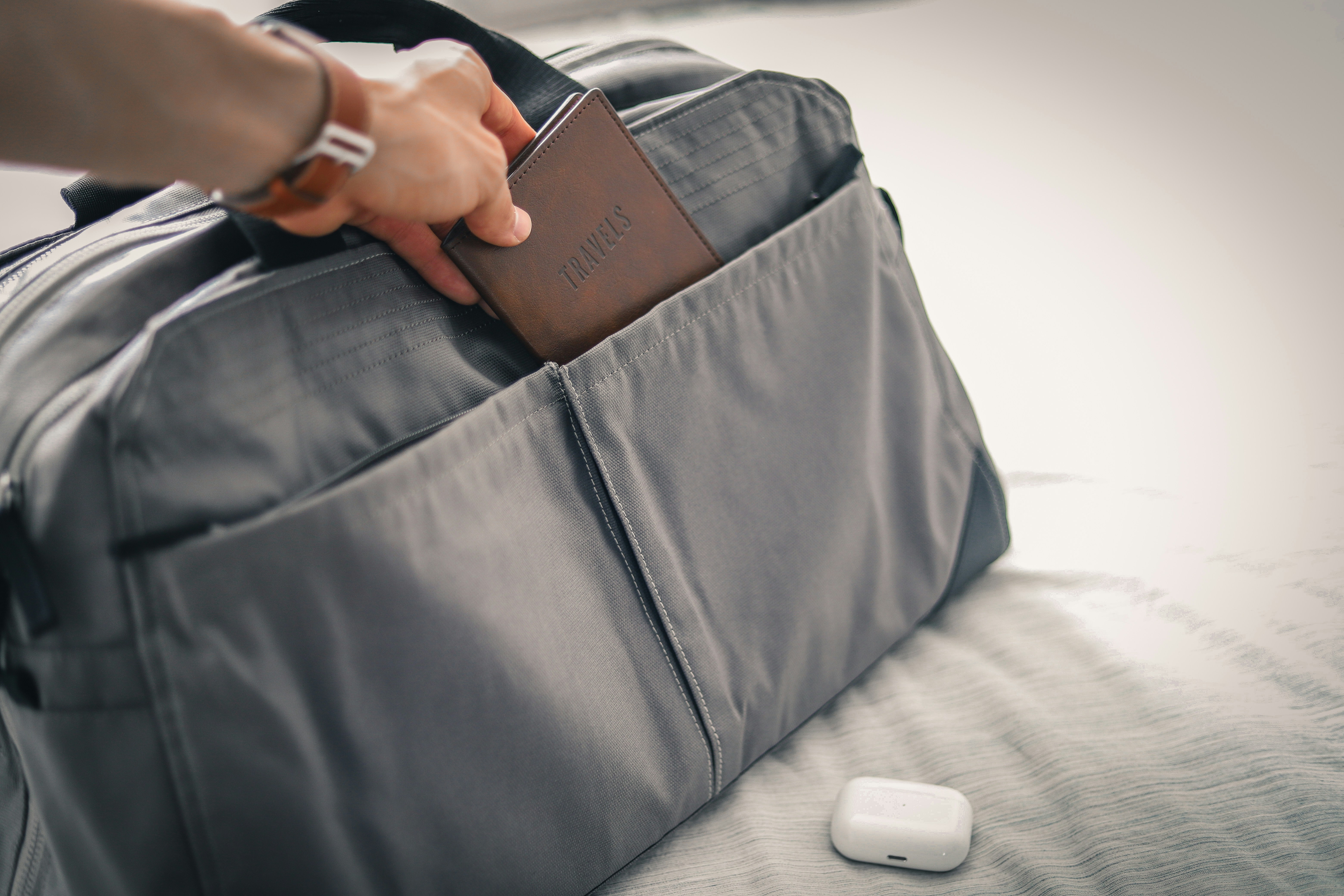Backpacking Essentials Lightweight Gear for Comfortable Trekking
Backpacking is an incredible way to explore the great outdoors, immerse yourself in nature, and experience the thrill of adventure. However, carrying a heavy load on your back can quickly turn a fun trip into a strenuous ordeal. That’s why packing lightweight gear is crucial for a comfortable and enjoyable trek. In this guide, we’ll explore the essential lightweight gear that every backpacker should consider for their next adventure.
1. Backpack
Your backpack is the foundation of your trekking gear. Choose a lightweight, durable, and well-fitted backpack that suits the length of your trip. Aim for a pack that weighs no more than 2-3 pounds when empty, with a capacity of 40-60 liters for multi-day trips. Look for features like padded shoulder straps, a ventilated back panel, and multiple compartments for easy organization. Brands like Osprey and Gregory offer excellent options for lightweight backpacks.
2. Sleeping System
A good night’s sleep is essential for maintaining energy on the trail, but that doesn’t mean you have to carry a bulky sleeping setup. Opt for a lightweight sleeping bag and sleeping pad:
- Sleeping Bag: Choose a down or synthetic sleeping bag rated for the expected temperatures of your trek. Down bags are generally lighter and more compressible, but synthetic bags perform better in wet conditions. Aim for a sleeping bag that weighs around 2 pounds or less.
- Sleeping Pad: A lightweight inflatable sleeping pad provides comfort without adding much weight. Look for pads that weigh around 1 pound or less and offer sufficient insulation for the climate.
3. Shelter
Your shelter is one of the heaviest items in your pack, so choosing a lightweight option is key. Consider the following:
- Tent: A lightweight, three-season tent is ideal for most backpacking trips. Look for a tent that weighs 3 pounds or less, with a compact design and easy setup. If you’re trekking with a partner, a two-person tent can be more weight-efficient than carrying individual shelters.
- Tarp: For ultralight backpackers, a tarp can be a versatile and lightweight alternative to a tent. Tarps are generally under 1 pound and can be set up with trekking poles or tied between trees.
4. Cooking Gear
Lightweight cooking gear allows you to prepare meals without weighing down your pack. Consider the following essentials:
- Stove: A compact, lightweight stove like the MSR PocketRocket or Jetboil MiniMo weighs just a few ounces and provides efficient cooking on the trail.
- Cookware: Opt for a single titanium or aluminum pot that doubles as a bowl, reducing the need for extra kitchenware. A pot with a capacity of 0.8 to 1 liter is typically sufficient for solo backpackers.
- Utensils: A lightweight spork and a small, foldable knife are all you need for most meals. Many backpackers also carry a lightweight, collapsible cup for hot drinks.
5. Clothing
Packing the right clothing is about finding the balance between warmth, comfort, and weight. Consider these essentials:
- Base Layer: A moisture-wicking base layer made from merino wool or synthetic material is crucial for regulating body temperature.
- Insulating Layer: A lightweight down or synthetic jacket provides warmth without bulk. Look for options that pack down small and weigh under 1 pound.
- Outer Layer: A waterproof and windproof shell is essential for protection against the elements. Choose a jacket made from lightweight, breathable material like Gore-Tex.
- Footwear: Lightweight hiking shoes or trail runners are often more comfortable and less cumbersome than traditional boots, especially for well-maintained trails.
6. Hydration System
Staying hydrated on the trail is critical, and carrying a lightweight hydration system helps you do so efficiently. Consider a hydration reservoir or collapsible water bottles, which are lighter and easier to pack than traditional hard bottles. Water filters like the Sawyer Squeeze are compact, lightweight, and effective for treating water on the go.
7. Navigation Tools
Even in the age of smartphones and GPS, having reliable navigation tools is crucial. Lightweight options include:
- Map and Compass: A detailed topographic map and a small, lightweight compass are essential for navigation. These tools don’t require batteries and weigh just a few ounces.
- GPS Device: If you prefer digital navigation, opt for a compact GPS device with long battery life. Remember to bring extra lightweight batteries or a small solar charger.
8. First Aid and Emergency Gear
A lightweight first aid kit and emergency gear can be lifesaving in case of injury or unexpected weather. Pack the essentials:
- First Aid Kit: A basic kit with bandages, antiseptic wipes, pain relievers, and blister treatment weighs just a few ounces.
- Emergency Blanket: A mylar emergency blanket weighs less than 2 ounces and can provide warmth and protection in an emergency.
- Headlamp: A lightweight headlamp with LED bulbs is essential for night-time visibility. Look for models that weigh 3 ounces or less, with long battery life.
9. Miscellaneous Gear
Lastly, a few additional items can enhance your comfort and safety without adding much weight:
- Trekking Poles: Lightweight trekking poles provide stability and reduce strain on your joints. Choose poles that are collapsible and weigh around 1 pound for the pair.
- Stuff Sacks and Dry Bags: Organize your gear with lightweight stuff sacks and dry bags. These keep your items dry and make packing and unpacking more efficient.
- Multi-tool: A small multi-tool with a knife, scissors, and tweezers is useful for various tasks and weighs just a few ounces.
By carefully selecting lightweight gear, you can significantly reduce your pack weight without sacrificing comfort or safety. Whether you’re planning a weekend trek or a multi-week adventure, the right gear will enhance your experience and make your time on the trail more enjoyable.








Post Comment